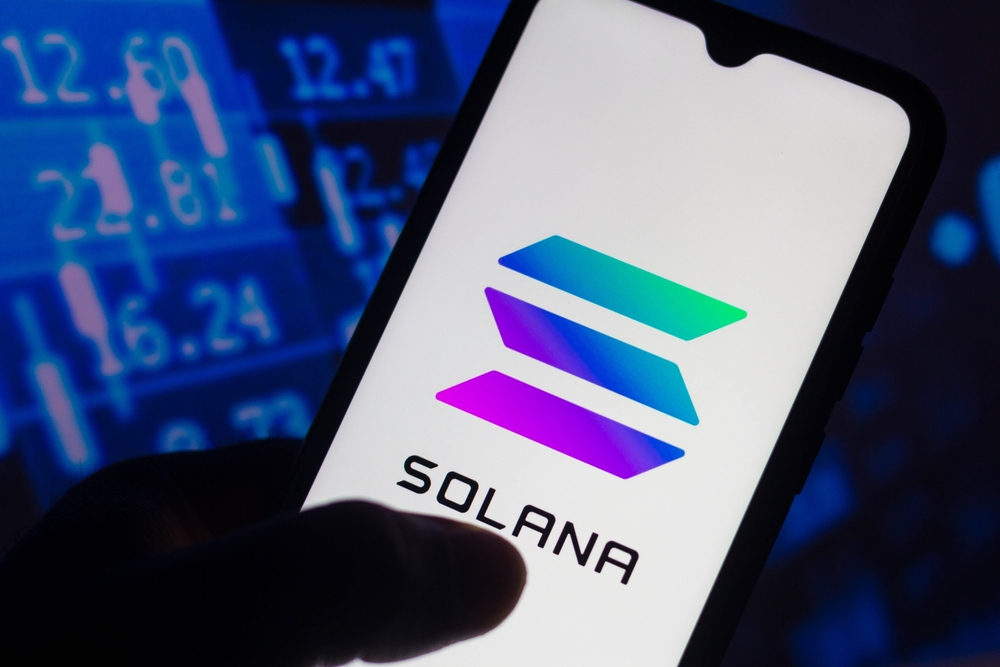What Is Solana And How Does It Work?
Solana (SOL) is a groundbreaking cryptocurrency that draws inspiration from the charming Californian city of Solana Beach. Its aim is to effectively compete with the Ethereum blockchain. This innovative digital currency, devised by software developer Anatoly Yakovenko, is designed to propel blockchain technology to unprecedented levels of success.
What is Solana
Solana is a type of computer network called a blockchain. It is often compared to Ethereum and seen as its strong competitor. Solana’s native token, SOL, is traded on the most popular cryptocurrency exchanges and is used for buying things or gambling.
Unlike the Proof-of-Work mechanism used in LTC and BTC, Solana uses the Proof-of-Stake consensus. Proof-of-Stake is a mechanism where validators need to have tokens and keep them in a staking position until they agree on the next block in the chain. This approach reduces power usage by 99.9%.
Solana is a blockchain that is relatively cheap and provides faster transactions using special consensus protocols — Proof-of-History and Delegated Proof-of-Stake. It uses time stamps instead of miners or staking tokens to define blocks, which makes the blockchain ecosystem secure and efficient. This decentralization makes calculations faster and safer than traditional Proof-of-Work or Proof-of-Stake mechanisms.
Solana’s Key Characteristics
Solana is a new type of technology that makes it easier to send and receive digital money quickly. It can handle a lot of transactions at once and has extra useful features.
- You can freely download and use the open source code for both personal and commercial use.
- The Solana network is powered by its own currency called SOL. The SOL’s fractions are called Lamports after a computer scientist, Leslie Lamport who made a significant contribution to distributed systems.
- The Proof-of-History approach uses a combination of Verifiable Delay Function algorithm timestamps and block height to allow nodes to add blocks without needing to explicitly agree on them. PoH’s synchronised clock can record events fast, up to 50,000 times per second.
- Solana’s staking system uses validator nodes to make transaction processing faster. Users have the ability to vote for suggested improvements that come from the developer community.
The Technology
Solana is a type of technology that helps process many transactions by using special computer programs combined with blockchain technology. The architecture of this system can handle a maximum of 710,000 transactions per second on normal gigabit networks and 28.4 million transactions per second on 40 gigabit networks.
Solana’s blockchain uses two algorithms, PoH and Proof-of-Stake, to quickly verify transactions and make them secure. It also has a protocol that records each step with a timestamp for extra security.
Staking Solana
Token-holders can become part of the Solana network by putting their SOL tokens at stake. This allows them to receive rewards for ensuring the security and upkeep of blockchain technology, all while keeping users safe. Stakeholders are encouraged to give their tokens to validators. This helps everyone benefit from the token getting more valuable. Validators should make their systems work better to handle more transactions and earn more rewards. Giving someone the authority to hold and manage your stakes can be profitable in terms of making money and earning commissions.
Investing
SOL tokens, available on centralised exchanges like Binance.US, Coinbase, and Kraken, offer P2P payments and trading benefits. They also enhance the security of the Solana network by validating its operations. However, investors should consider all aspects and consider the potential of Solana. Consult a financial advisor before investing in any cryptocurrency project.

